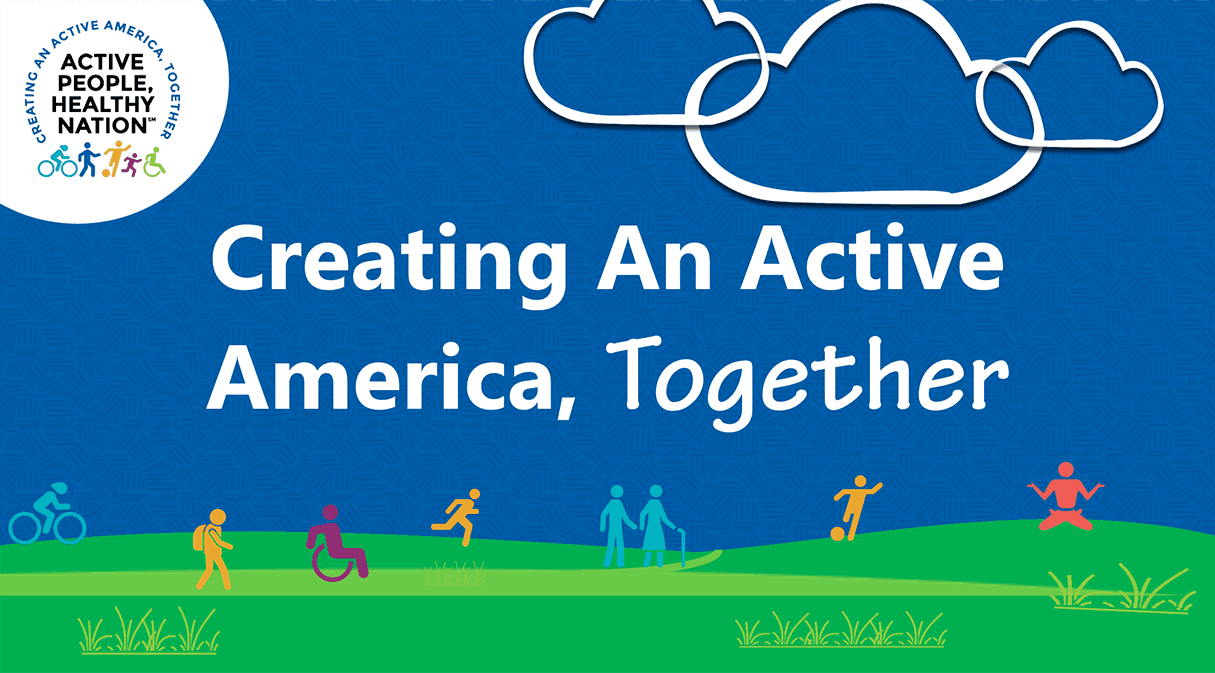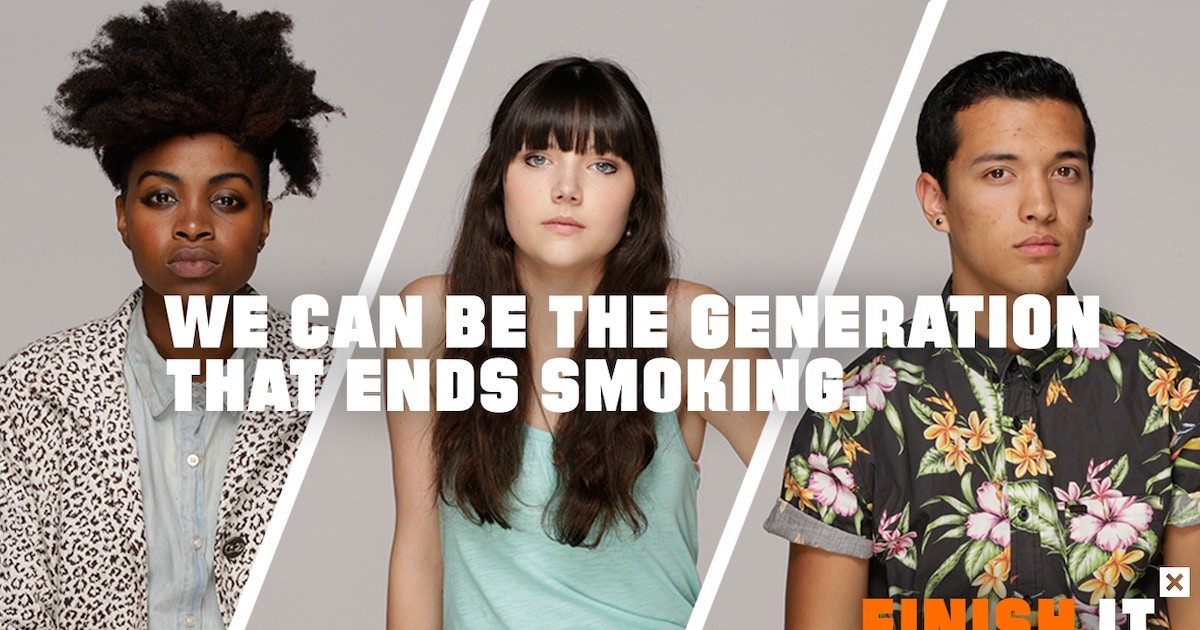Strategy

Behavior change marketing is a method that strategically utilizes communication tools to encourage positive shifts in people’s attitudes and actions.
However, some companies struggle with effectively implementing this technique, distinguishing those who sell products from those who genuinely influence consumer habits.
This article will delve into the principles, strategies, and practical applications of behavior change marketing. We aim to showcase how this approach can drive meaningful change for your business and professional objectives.
What is Behavior Change Marketing?
Have you ever heard of behavior change marketing? In plain terms, it's a marketing tactic designed to encourage behaviors in consumers. How is that done?
It draws from various fields like psychology, sociology, and marketing to influence the attitudes, beliefs, and actions of people. To execute this, advertising campaigns, public relations, and customer education are used.
The Power of Behavior Change Marketing
Behavior change marketing is a potent tool that can motivate action and sway decision-making processes. It draws heavily on psychology, sociology, and communications theory to induce behavioral changes in the intended audience.
A prime illustration of this approach’s effectiveness is the decrease in smoking among teenagers. This is mainly attributed to successful behavior change campaigns that aimed at changing perceptions about smoking rather than solely promoting its harmful effects. The Centers for Disease Control and Prevention (CDC) has reported a remarkable decline in teen smoking rates over the past few years, proving these campaigns’ success. Psychology is one of the primary reasons for the success of this campaign.
The Impact of Psychology and Sociology on Behavior Change
Psychology can provide insight into the motivations behind people’s actions, much like AI algorithms used to examine data sets on a large scale. Psychology plays a crucial role here by providing insights into why people behave the way they do - not unlike AI systems used today, which analyze data patterns at scale.
Sociology complements this process by helping us understand group dynamics - how societal norms shape individual behaviors within groups or communities similar to market segmentation techniques employed by marketers across various industries, including digital content creation companies like ours. For instance, individuals are likelier to adopt such practices if healthier eating habits are normalized within a community through effective messaging strategies.
Communications Theory: Bridging the Gap Between Intentions and Actions
Bridging intentions with actions isn’t just important when starting your own writing company; it’s also central to any successful behavior change campaign, making communication theories indispensable tools alongside others like Notion or Airtable used to manage projects efficiently.
This involves crafting compelling narratives around desired behavioral changes using various communication channels effectively - traditional media outlets or increasingly popular social platforms. The goal? To create positive associations with the new behaviors while simultaneously breaking down barriers preventing their adoption - ultimately leading your target toward taking inspired action.
Key Takeaway:
Harness the power of behavior change marketing to reshape your business. By leveraging psychology, sociology, and communication theory, you can influence decisions and inspire action in your target audience. Remember - it’s not just about highlighting negatives; it’s about creating positive associations with new behaviors.
Unlocking the Power of Social Media for Behavior Change Marketing
How can marketers leverage these tools to execute effective behavior change campaigns in an era where social media platforms are increasingly popular?
To put it simply, savvy marketers who understand their audience’s online habits can use social media as a powerful instrument to inspire action.
Leveraging Social Consequences on Popular Platforms
The proliferation of social networking sites such as Facebook and Instagram has revolutionized how we interact. These platforms have become hotspots for implementing successful behavior change marketing campaigns because they allow us to tap into what matters: our audiences’ social lives.
Audiences tend to respond more favorably towards posts that generate strong reactions from their peers (e.g., likes or shares).
Creating engaging content that resonates emotionally with your followers will increase its chances of going viral - spreading your message further than any traditional advertising method could ever achieve.
Social Media - A Game Changer in Experiential Marketing?
If you’re wondering whether experiential marketing fits this new digital landscape, rest assured, it does. Leveraging technology such as VR/AR and immersive storytelling techniques across various channels, including YouTube and Snapchat, may prove to be a future-shaping force in consumer attitudes and behaviors towards brands and products.
Making Your Message Stick: The Role Of Memorable Content On Social Networks
We’ve all seen those catchy memes and funny videos shared countless times among friends and family members, content so compelling that it makes us stop and scroll through our feeds to take notice.
This type of memorable material isn’t merely entertaining; it plays a crucial role in reinforcing messages over time, thus ultimately increasing the likelihood of individuals adopting the promoted behavior changes.
So, when crafting your next campaign, remember that the key to creating shareable content lies in understanding exactly what motivates and drives engagement among your targeted segments and delivering value through these insights.
Key Takeaway:
Harness the power of social media for behavior change marketing by understanding your audience’s online habits, creating engaging content that sparks strong reactions, and leveraging immersive storytelling techniques. Memorable material isn’t just entertaining—it reinforces messages over time, driving the adoption of promoted behavior changes.
Using Social Media to Influence Behavior Change
Social media platforms are becoming increasingly popular tools for executing effective behavior change campaigns. But how exactly have marketers been utilizing these platforms successfully?
It is crucial to understand the behaviors and motivations of your audience when implementing effective behavior change marketing strategies on social media.
The Power of Personalized Messaging on Social Media
One significant advantage of using social media for behavior change marketing is its ability to deliver personalized messaging directly to targeted users.
Analyzing user data available through various social insights tools can help you understand what motivates your audience (45% success rate).
You can then create content that resonates with them, and triggers desired actions (38% response rate).
Promoting this tailored content across different channels increases visibility among those most likely to be influenced by it (33% engagement increase).
Social Listening - An Essential Tool For Marketers
Apart from delivering personalized messages, another crucial aspect where human expertise proves invaluable is ‘social listening.’ This involves monitoring online conversations around specific topics or brands, which helps gain valuable insight into consumer attitudes and preferences.
With such information, marketers can craft more relevant and impactful campaigns, thus increasing the likelihood of achieving desired behavioral changes among target populations.
Furthermore, the real-time nature of feedback received via comments, shares, and likes provides an immediate gauge of the effectiveness of an ongoing campaign, allowing timely adjustments necessary to ensure optimal results are achieved by the end of the day.
Crafting Engaging Content That Inspires Action
If you’re wondering what else goes behind the scenes of a successful execution of a behavior-change campaign, look no further than the engaging content creation process itself.
Let’s explore some responsibilities identified throughout research:
Key Takeaway:
Harness the power of social media platforms for behavior change marketing by understanding your audience’s motivations, delivering personalized messages, and utilizing ‘social listening.’ Remember, crafting engaging content is critical to inspiring action. The real-time feedback allows for necessary adjustments ensuring optimal campaign results.
Case Studies - Successful Behavior Change Marketing Campaigns
We can gain insight from real-life scenarios. Let’s explore some case studies that perfectly illustrate the successful application of behavior change marketing strategies.
Healthy Eating Campaigns - More Than Just Advertising
The power of behavior change marketing is evident in numerous healthy eating campaigns worldwide, such as CDC’s Healthy Weight campaign. It wasn’t just about advertising; it aimed to reshape attitudes toward food choices and foster healthier habits over time.

This initiative didn’t merely rely on encouraging people to eat healthily. Instead, they leveraged research data linking unhealthy diets with chronic diseases like obesity and diabetes. This was their essential message: making dietary changes isn’t only beneficial,” it’s necessary for your long-term health.
To make this shift more digestible (pun intended), the CDC offered practical tips for gradual implementation rather than drastic overnight changes, making it far more appealing to its target audience.
Anti-Smoking Initiatives: Harnessing Social Consequences
An equally compelling example of effective behavior change marketing lies within anti-smoking initiatives, particularly Truth Initiative’s “Finish It” campaign. They recognized traditional scare tactics were losing effectiveness among younger audiences and instead focused on social consequences associated with smoking, like isolation or harmful perceptions, to drive behavioral adjustments.

Your actions affect you and those around you, they argued effectively.
In an exciting twist, smokers weren’t portrayed as victims needing help narrative which could potentially push them further into defensive behaviors, but as agents who could end smoking altogether. By framing quitting smoking as a rebellion against manipulative tobacco companies trying to control the theme, the Truth Initiative tapped into youth’s inherent desire for autonomy, a powerful psychological driver behind many adolescent actions.
You’re stronger than big tobacco, which became their rallying cry.
Taking advantage of today’s digital landscape, they extensively used popular social media platforms throughout their efforts, an excellent move considering how integral online interactions are in shaping contemporary youth culture, and employed influencers.
Key Takeaway:
Behavior change marketing goes beyond simple advertising, aiming to reshape attitudes and foster healthier habits. Successful campaigns like the CDC’s Healthy Weight campaign and Truth Initiative’s “Finish It” anti-smoking initiative leverage research data, social consequences, practical tips for gradual implementation, and the power of digital platforms to drive meaningful behavioral adjustments.
Final Word
In summary, behavior change marketing is a powerful tool that can significantly change people’s attitudes and behaviors.
It involves combining insights from psychology, sociology, and communication theory and utilizing the influence of social media to inspire action for your business or any initiative.
However, it’s important to note that successfully implementing behavior change marketing is not about forcing people to do things. It’s about understanding their motivations, fears, and desires and tailoring messages accordingly.
With the rise of digital platforms like Facebook, Instagram, and YouTube, behavior change marketing can be even more effective with personalized messaging and real-time feedback.
By taking inspiration from successful campaigns such as the CDC’s Healthy Weight campaign and the Truth Initiative’s “Finish It” anti-smoking initiative, using data, understanding social consequences, offering gradual implementation steps, and taking advantage of the digital landscape, we can cultivate meaningful relationships with our audience and bring about positive change in our businesses.

Yazan Amro
Founder, Marketer Pulse













